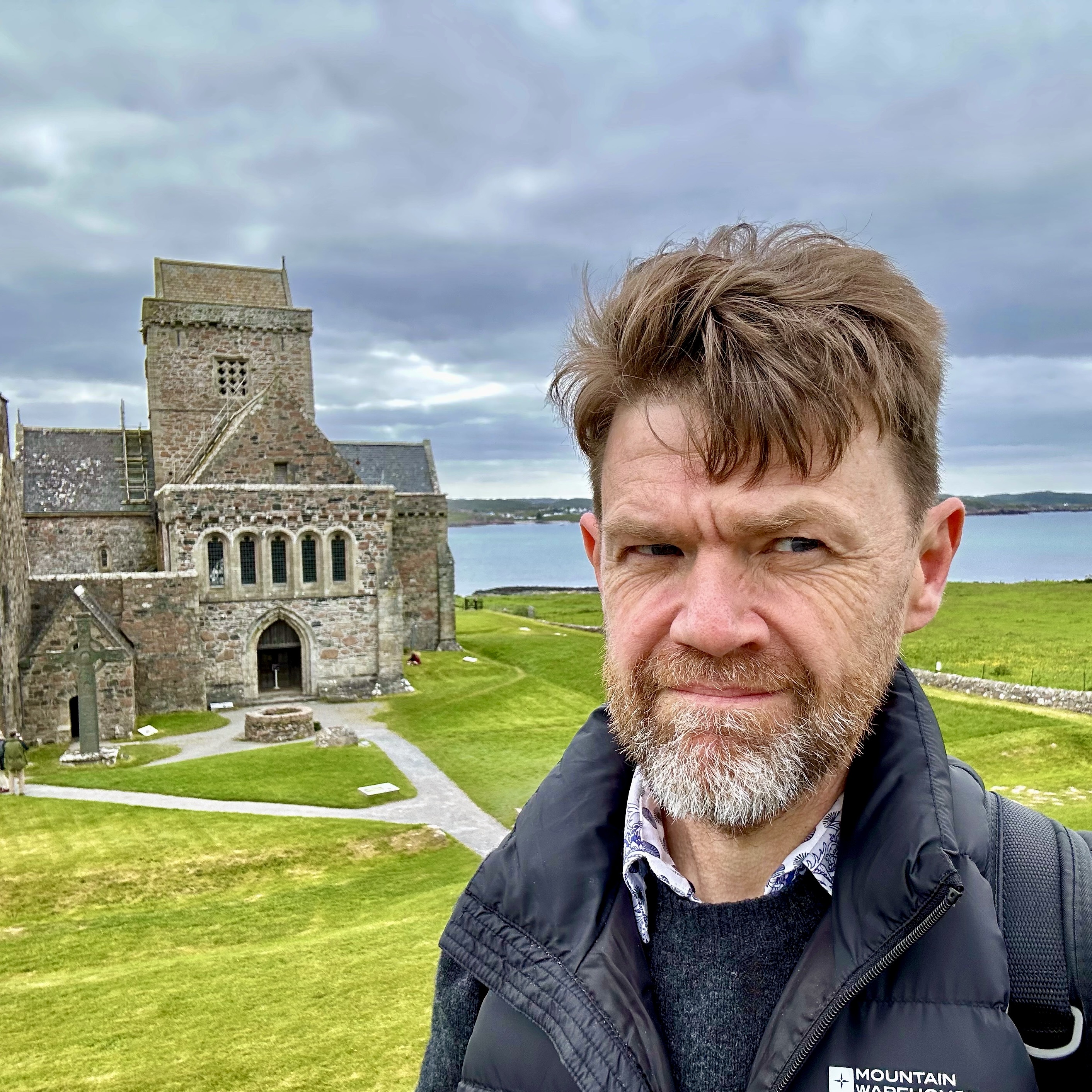Books Read: April 2024
Another month, and another pile of books I’ve managed to read. This month’s reading started on the Isle of Iona, where we had a short Easter break. On the last day on the island, and then on the ferry journeys back to the “mainland”, I finished The Life of St Columba, who served as the Abbot of Iona and, as legend has it, brought Christianity to Scotland, from Ireland, dying in 597.
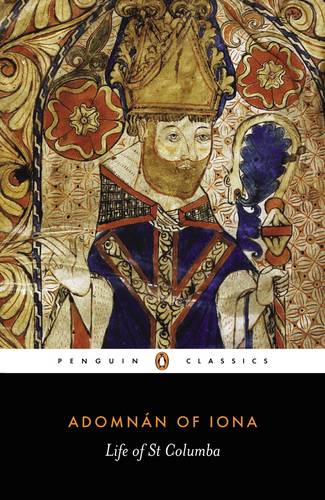
The Life is a collection of stories about Columba, written and compiled by Adomnán of Iona, who served as Abbot of the Iona Abbey from 679. The stories are in three sections, the first about Columba’s prophetic revelations and insights, the next concerning miracles, and the last, concerning angelic visitations. The book is filled with details both fantastical and mundane, and it imparts a sense of life on the Western Isles many centuries ago.

The other theological reading this month were two very different books about Jesus. When I heard that the German theologian Gerhard Lohfink died in April, I decided to pick up his influential book Jesus of Nazareth: What He Wanted, Who He Was. It’s an excellent account of the history of Jesus of Nazareth in its first century setting, and what he means to those who came after him.
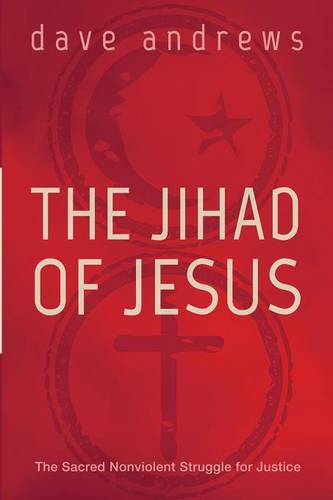
Lohfink’s book paired nicely with The Jihad of Jesus, by Dave Andrews. I know Dave from my time at university in Queensland. Dave has long been involved in community work, coming alongside marginalised people, working for justice and transformation. Since 2001 he has been involved in reaching across the Muslim/Christian divide, and The Jihad of Jesus is one fruit of these labours, and of years of befriending Muslims and getting to know them. He gives an account of how both Christian and Muslim believers have used their faiths as a means to oppress others, and also how Christians and Muslims have been agents of peace and reconciliation as they have attempted to imitate Jesus/Isa. It’s a beautiful example of interreligious dialogue done well.

The other two nonfiction reads this month were Simone Weil’s The Need for Roots, and Annie Jacobsen’s Nuclear War: A Scenario. The first was written in the aftermath of the Second World War, and is Weil’s prescription for what ails modern (European/Western) society. It’s infuriating, compelling and puzzling, in turn, and sometimes all at once.
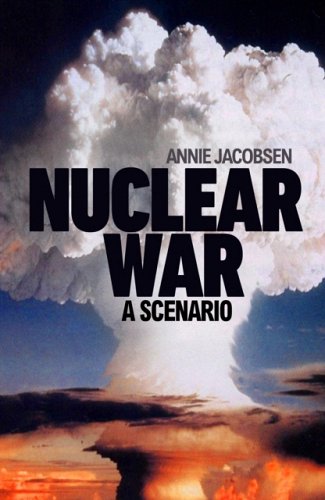
The second is a terrifying 2024 account of how a global nuclear war could happen within 72 minutes of the first (missile launch). That this kind of story is conceivable (let alone be halfway plausible) is an indictment on humanity, and a cause for grief, for anger, for reflection, and for action.
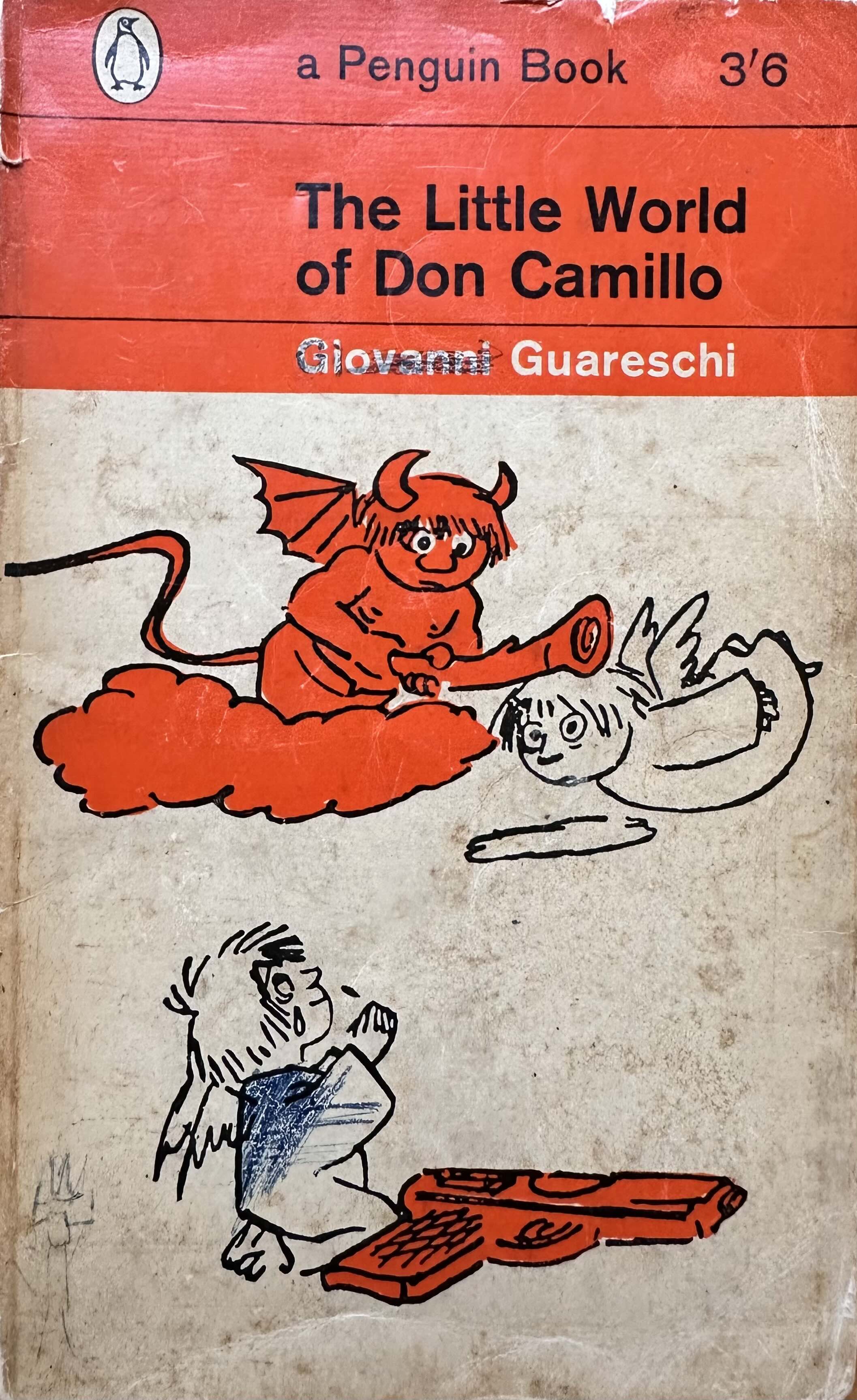
The fiction this month has been varied, too.
First of all, I wanted to revisit some light reading I remembered enjoying back many years ago. I packed up my copy of The Little World of Don Camillo, by Giovannino Guareschi, when I was off on a work trip, and the escapades of the priest Don Camillo and the communist mayor, Peppone, in a little town in the Po valley in the north of Italy, were as delightful as I remembered them.
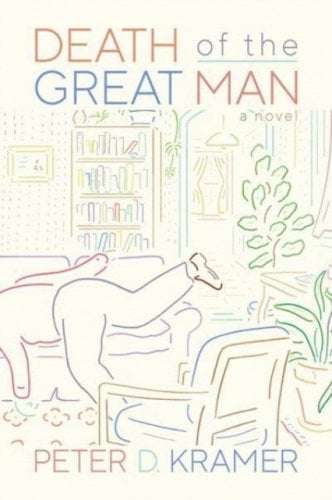
Second, my partner had read Peter Kramer’s Death of the Great Man, a novel about a psychotherapist who is forced into hiding after the the US President (never named, but a narcissistic fascist late in his disastrous second term) dies while in a consultation — and she recommended it to me. I devoured it over an intense couple of days. It’s a funny, tragic, twisty tale, taking on the obvious political themes salient in the present, but touching on the role of the counsellor, and issues of memory, faithfulness, and what it is to love.
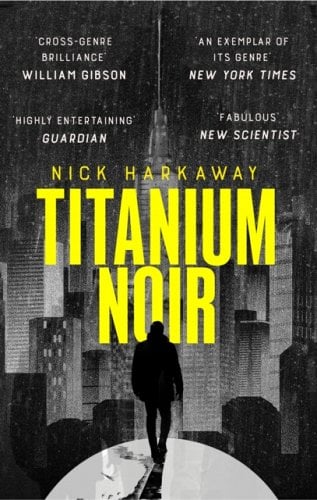
Finally, I enjoyed Nick Harakaway’s Titanium Noir, on the basis of a recommendation by Jason Snell on The Incomparable’s Book Club podcast. Harkaway’s big novel Gnomon is on my to-read list, but I’ve not had the concentration span to devote to a 700 page beast of a novel. I’m working up to that with the much shorter, detective story Titanium Noir. Set in a world in which a very expensive gene therapy T7 means that the fabulously wealthy very few who can afford it are effectively immortal, the protagonist of this story is a jaded hard-boiled detective (yes, it’s a cliche, but it’s earned) investigating the murder of a titan. You see, the wealthy elite who have taken T7 do not only economically stand over the rest of the population, they tower over them literally. Every time you are dosed with the gene therapy, you effectively go through another puberty, returning, effectively, to the health of someone in their early 20s, and growing a full foot or more. So, the uber wealthy are literally titans, towering over the rest of us. The story sounds like it is merely an on the nose retelling of the speciation of the wealthy, but Harkaway tells an exciting story in this setting, and it takes some unexpected turns on the way to the gripping conclusion. If you can stomach some graphic violence in which a normal sized human fights dirty to defend himself against an enraged 9 foot giant, following this story is an exciting ride.
